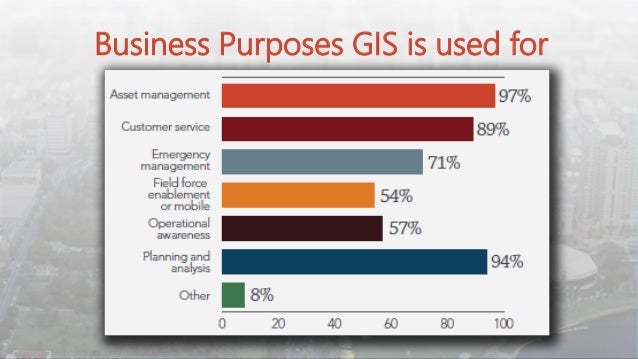This authors of this review article discuss the latest applications for the Normalized Difference Vegetation Index (NDVI) for ecological research. Since its development in 1981, researchers have greatly expanded the breadth of this technology's utility for studies of the natural world. NDVI has been established as a central tool for the assessment of historical and future biodiversity consequences resulting from changes in climate, vegetation cycling, and primary productivity of plants. This is made possible, even in areas with sparse vegetation, by NDVI's ability to utilize climate models that compile information from historical patterns of vegetation dynamics and from anticipated trends in changing climates to make predictions about the most likely effects on habitat biodiversity.
NDVI technology, however, does have some limitations for its ability to accurately explore the link between climatic variation and ecological processes. Since the collection of NVDI satellite data began in 1981, that is the most historical records it can draw from, which create the possibility that the models constructed by this technology will unreliably represent ecological factors that change on a slower time-scale. Another potential hurdle that researchers implementing NVDI technology must address is the accurate portrayal of human impact on ecosystems, because this is the primary threat to their persistence. Much of the limitations raised by the reviewers of this articles are said to be effectively mitigated if accurate ecosystem data from outside NDVI databases are used to supplement study efforts and refine the renderings of associated climate models. Emphasis on interdisciplinary study efforts between ecology, geophysics, and remote sensing is also mentioned as an additional means of promoting more accurate use of satellite data for ecological research applications.
Pettorelli, N., Ryan, S., Mueller, T., Bunnefeld, N., Jędrzejewska, B., Lima, M., & Kausrud, K. (2011). The Normalized Difference Vegetation Index (NDVI): unforeseen successes in animal ecology. Climate Research, 46(1), 15-27.















